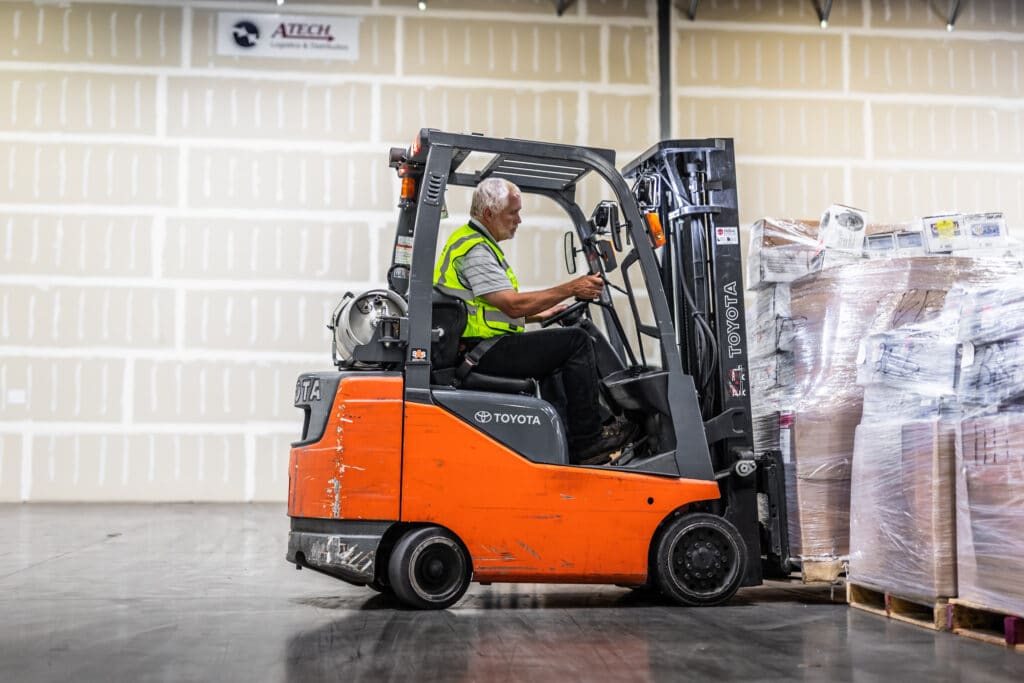
Managing a warehouse is a key process in the supply chain and logistics industry. A lot of the business depends on smooth, efficient, and accurate warehouse inventory processes. Fortunately, there are different ways and practices that can be implemented to efficiently manage the inventory management processes. From automation to the reduction of manual work, there are ways to keep costs at bay and reduce inefficiencies and human error.
Let’s learn about the importance of inventory management and the different processes and best practices.
Warehouse Inventory Management
As the name suggests, Warehouse Inventory Management is the practice of receiving, storing and tracking inventory in a warehouse. It also involves staff management, storage space optimization and cost control.
Why is it important?
The way inventory is managed in the warehouse can influence the cost of logistics and the efficiency of the supply chain. Because it strongly influences the business, many companies decide to invest and outsource the function to a third-party company.
Direct-to-consumer brands can benefit from improving their warehouse inventory management. Whether they decide to keep the function in-house or outsource, the potential and impact can tremendously impact their business.
Some of the benefits include a smooth and accurate order fulfillment process. A disorganized inventory process and a warehouse that lacks stock control is the perfect formula for delays and order-fulfillment problems – something that could tremendously hurt the customer experience, cost control, and business as a whole.
A controlled and organized warehouse inventory can also significantly speed processes for faster shipping and deliveries. Automated shipping is one of the tools that many companies have acquired to speed up the process. This technology can help with tasks such as updating stock levels and providing tracking information to customers. The more processes are automated, the less room for human error, and a greater opportunity to increase the volume of orders your business can handle successfully.
When things run smoothly in the warehouse, not only is it more efficient, but it is also easier and more pleasant to navigate for warehouse employees. The less time they spend trying to figure out the logistics of the warehouse, the less stressed they can be. A well-managed warehouse inventory leads to higher employee morale. The better the morale at the warehouse, the higher the productivity. Setting up your staff to work more efficiently can save you money and help you get orders out the door more accurately.
Warehouse Inventory Management Processes
Implementing the right process in the warehouse can keep your business receiving and shipping order accurately and efficiently. Here are some processes worth implementing.
1. Warehouse Layout Optimization
Assess your current layout and determine if it is working for you. Is there unused space? Should certain items be closer together? Are some products too close to each other?
Organize the warehouse for efficient, fast, and accurate picking. Find the optimal setup and workflow. Optimize your space by implementing the warehouse slotting practice. Such practice increases storage capacity, reduces cost and error, and speeds up picking.
2. Control Stock
Gain control of your warehouse by tracking and recording your inventory. To make the task easier, faster and more accurate, consider investing in inventory management software and other tools. This can optimize your processes by helping automate tasks, track your inventory in real-time, forecast demand, and generating reports, among many other things.
Having a system to help you track your inventory can also save you time, specially during audits.
For businesses doing their own warehousing, the supporting technology is crucial. For those who partner with a third party company to focus and dedicate fully to the warehouse services, such as Atech Logistics, a technology is provided to keep you on the loop.
Atech Logistics uses state-of-the-art technology and experience from dedicated warehousing experts, so that customers are able to forecast and manage their inventory levels while focusing on growing their business from anywhere in the United States.
3. Picking and Packing
In an effort to reduce human error, the optimization of the picking and packing process is important. Creating zones based on product demand can support your team and agilize the process. High-demand products must be located at the most accessible location.
Another idea is implementing the batch picking process. Save your team trips, time and effort by allowing for your warehouse picking staff to collect inventory for identical orders at once. The less trips to the same location, the faster the job can be done accurately.
The Best Practice
While some companies decide to manage their own warehouses, the challenges for them have significantly increased especially in the past year. As much as a 10% rent hike was predicted last year, on top of all the supply chain challenges. This can be a costly impact to handle for companies who take on the full responsibility of warehousing in-house.
Allying with a third-party logistics company like Atech Logistics, who is fully dedicated to overcoming the challenges of the industry and managing the warehouse inventory processes can make a difference in your business. It gives you the time and space to focus on other essential parts of the business that can continue to drive growth and market share expansion for you.

